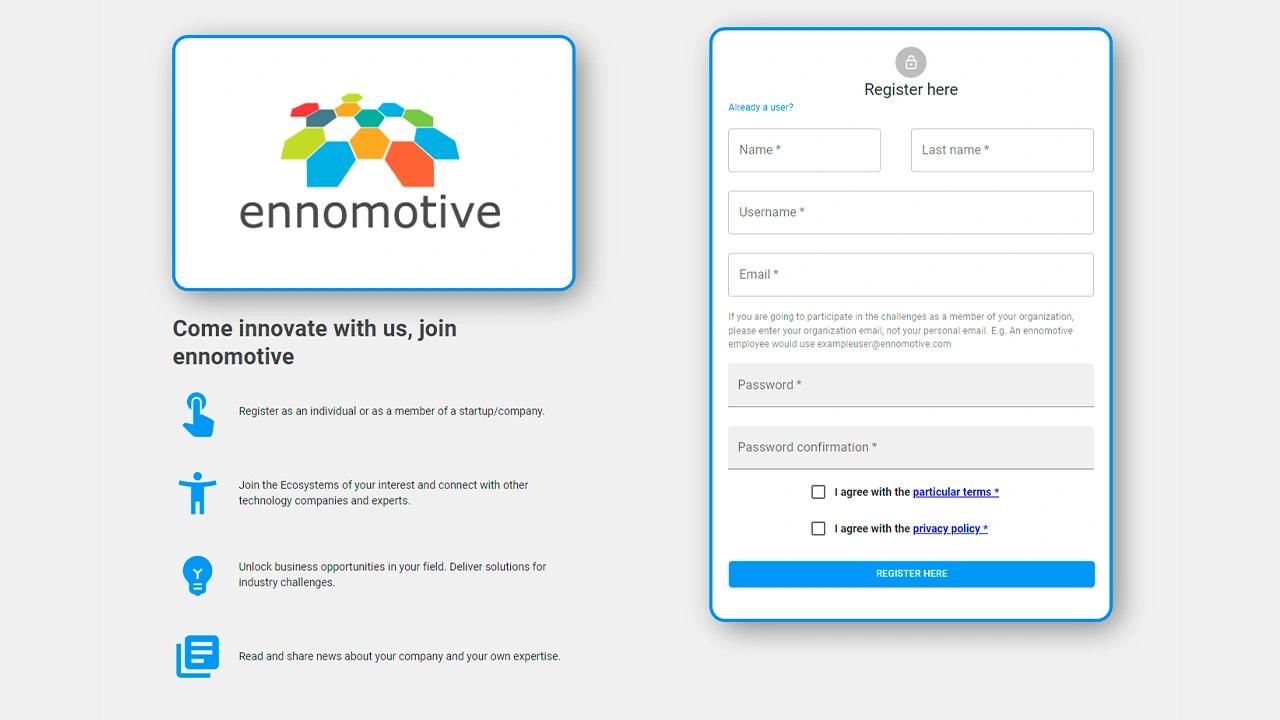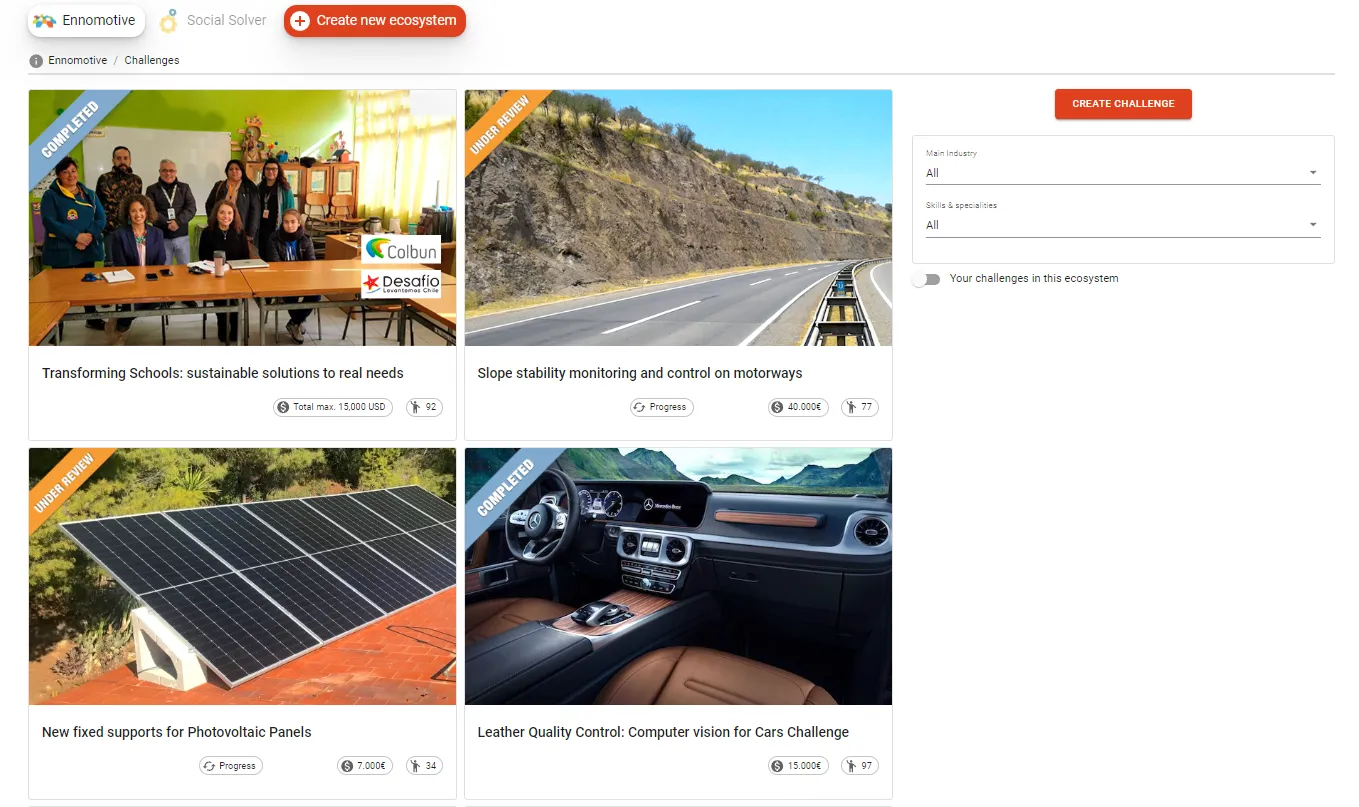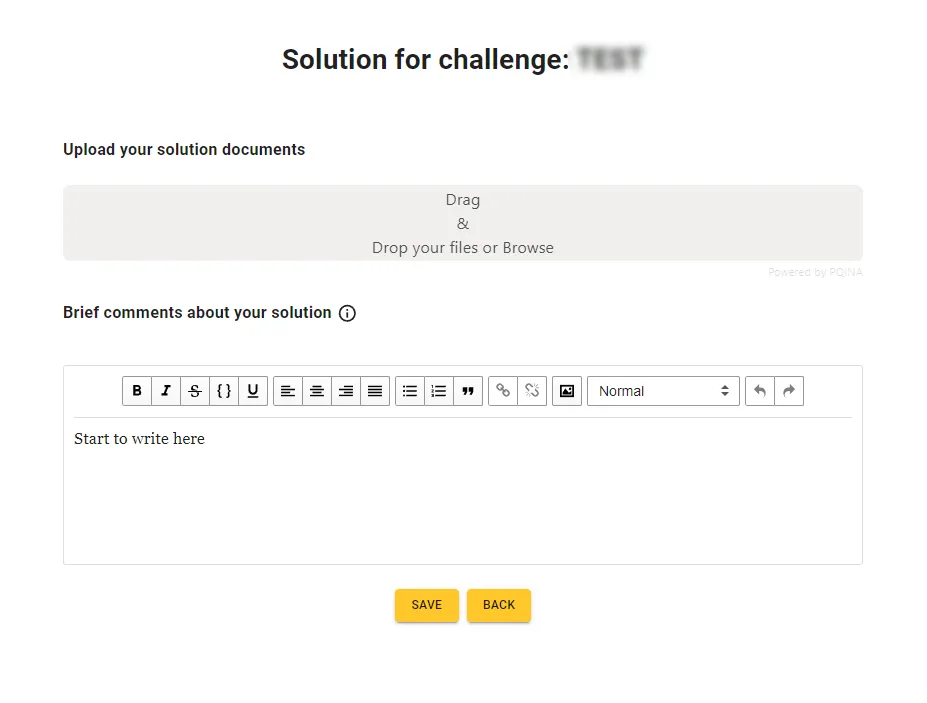Background
AeA (https://ayudaenaccion.org) has worked since 1981 to improve the quality of life of the most vulnerable communities. Among its main cooperation efforts are the strengthening and modernization of the productive and industrial ability of these communities.
At present, AeA is developing a project in the native community of the MAMUGAH region, formed by 7 villages scattered around the bay, at the northeast corridor in Honduras.
AeA is working jointly with the public institutions, fishing companies and fishermen’s associations on the management of the fishing chain. More recently, they have reached an investment agreement with a private company at the seafood processing plant in the village of Santa Fe (15°53'55.1"N 86°02'44.9"W - Google Maps). With this agreement, it is expected that the fish will be exported to the international market. Besides all the fishermen living in the corridor have joined the local processing plant.
The initial economic situation is precarious, with a 60% poverty rate. Local families cannot meet their basic needs and are exposed to multiple climate threats.
Non-industrial fishing contributes to the food safety of the families and represents the biggest source of income. More specifically, it represents the sustenance of more than 5,000 families, most of them of the garifuna and miskita ethnicities, 1,600 of which are fishermen.
To preserve the different species of the bay, some Fishing Recovery Areas have been limited with buoys acting as ZRP boundaries, and 12 nautical miles have been established for the protection of the fishermen.
The challenge
Given the high temperatures of the area, the fishing and transportation time, and the low capacity for cold storage on the boats, the fish does not always arrive in the best of conditions to the processing plant in Santa Fe.
The fishing is artisanal, using small boats, some with small engines and others with rows, always within 3 nautical miles from the coast.
There are 23 fishermen associations scattered all over the bay. These associations have jointly a total of 242 boats for the 1,600 fishermen. The farthest association is 150 km away from the processing plant and it takes 4 hours to travel from one point to the other in summer, and up to 6 hours during the winter.
Every boat can fish 200 pounds of fish on average and a maximum of 300 pounds in a fishing day. Fishermen divide the work in hours, some go out fishing in the morning from 5 am to 4 pm and others in the afternoon/evening, from 4 pm to 10 pm.
Fishing resources:
- 242 boats, 32 feet of overall length, with insulated boxes (coolers) with capacity for 300 pounds.
- 1 mother-vessel, 54 feet of overall length with capacity for 5,000 pounds.
- There is another boat that does not belong to the processing plant. It is a rental and can store up to 20,000 pounds. When this ship is rented, the boats are placed inside the ship and taken to deeper areas to fish, and then the fish is taken to the processing plant.
- Processing plant.
Besides, some boats (20% of them) have 100 Ah conventional batteries for the lights used in night fishing, increasing the productivity.
The processing plant has the following characteristics (see annex):
- 151.4 m2 building
- Access to the public energy network, with an additional generator set.
- Ice making machine, with a storage capacity of 10 t.
- Two cold rooms for freezing, with capacity for 45,000 pounds of fish each.
See annexes with pictures
See descriptive vídeo
What solution is wanted
The goal of the challenge is to design a preservation system for the fish that works continuously from the moment the fish is caught to the moment the fish arrives at the processing plant. 6 different species must be considered for export: red fish, lobster, jellyfish, sea cucumber, shrimp, and King Krab.
This would create at least 25 permanent jobs and more than 150 temporary ones, mostly for women that would do the tasks of preparation and packaging of the products.
The system may include any productive means that can be adapted to the area, including renewable power sources, maritime or terrestrial transportation systems, as long as it is sustainable and has the lowest possible environmental impact.
The solution must be robust and easy to maintain, and as cost-effective as possible. Both individual and collective systems, and combinations of both, are accepted as solutions.
The implementation plant of the solution will be taken into account. That is, the logistics to carry it out on site, and the subsequent operation and maintenance plan.
If apart from ensuring the preservation of the fish, the solution includes a system that contributes to the electrification of the lights used for night fishing, it will be positively considered, but it is not mandatory.
Later on, it will be discussed if the creation of an aquaculture system is convenient or not. For now, it is not the goal of this challenge.
Besides, if the solution allows it, the creation of some kind of start-up or small company that provides a service to maintain the system can be proposed.
Evaluation criteria
- Feasible and adapted system to the project settings.
- Minimum possible cost
- Simplicity in the acquisitions and associated logistics
- Easy implementation and use
- Minimum need for maintenance (sustainable regarding local resources)
This is a challenge with the following deliverables:
A PDF that includes the following:
- Technical description of the proposed system and its operation model.
- Detailed specification of the equipment and installations (sketches, materials, etc.).
- Project implementation plan.
- Required investments (cost estimation).
Besides, you may add attached documents to support your solution.
Timeline:
1round -- 8 weeks for submission + 4 weeks for evaluation
Prize
The prize will be visibility and recognition for the winner of the challenge through Social Solver, AeA and, ennomotive’s digital communication channels and through Social Media (Facebook, Twitter, Instagram, and LinkedIn). 5,000 € will be given to participate in the implementation on site, either to cover the travel expenses or to make donations. This is up to the winner.



